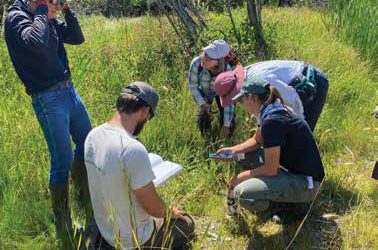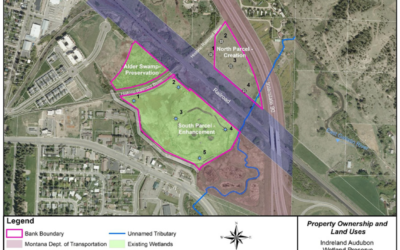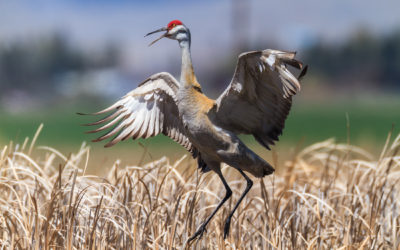The Motus Tower Project
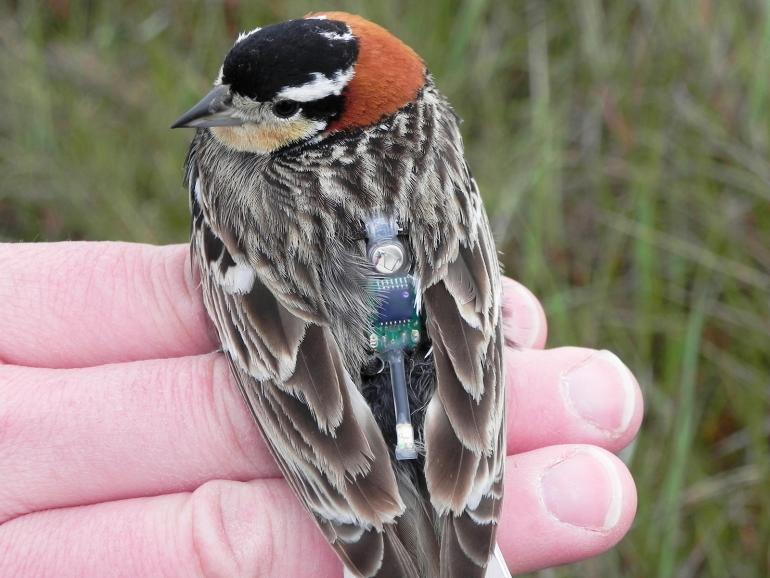
$5
$50
$100
$250
$500
$1,000
Our Story
The Sacajawea Audubon Society board is very excited to present a Motus Tower project to the birding and conservation communities across Montana and the Northern Rockies.
The philosophy behind the Motus Wildlife Tracking System is that we should all be working together. It is an international collaboration that uses miniaturized radio transmitters to track birds, bats and even insects across North and Central America in order to gain a better understanding of migrations and movements! This data also provides researchers with a better understanding of critical flyways and habitat so we can better protect migratory populations.
Motus collaborators (a community of researchers, non-government and government organizations, and individuals) deploy small radio transmitters affixed to animals that are tracked by Motus stations placed at strategic locations throughout the hemisphere.The funds raised here will cover the cost of three Motus towers and the long-term maintenance of the system, and to purchase radio transmitter “tags”. One tower will be located near the Indreland Audubon Wetland Preserve to help collect data for the wetland as well as along the East Bozeman drainage. This will provide endless educational opportunities for the public to engage in science and conservation happening right here at Bozeman’s wetland preserve; including opportunities to tag birds and track movements of our wetland migrants on the open source Motus website.
To learn more about the Indreland Audubon Wetland Preserve’s Motus Towers Project, check out Outside Bozeman’s feature article: The Power of the Towers!
This project will not only provide vital — and possibly unexpected — data about the birds in our valley, but it will also contribute a unique piece in the jigsaw puzzle of North American conservation!
Why is this needed?
In recent decades over 3 billion birds have been lost due to a variety of circumstances. One third of North America’s bird species are now at risk of extinction. The Cornell Lab of Ornithology now categorizes certain bird species as threshold and tipping point species that need our immediate attention to prevent species loss. The Motus Wildlife Tracking System provides vital information to researchers to help us support the systems and habitats that birds need.
What is the difference between tagging and banding?
Banding is the traditional way of tracking birds that use coded bands to help provide point-to-point information in a bird’s life cycle. Tags are miniaturized radio transmitters that emit signals that are picked up by receiving stations. The technology of the tags has reached a point where they are small enough to be used on small birds and even insects. They have been used successfully on Monarch Butterflies and dragon flies.
What are the advantages of tagging versus banding?
In short, more information, and more real-time information. Banding provides point-to-point information, while the tagging and tracking system can help fill in the movement information between nesting, staging and wintering areas.
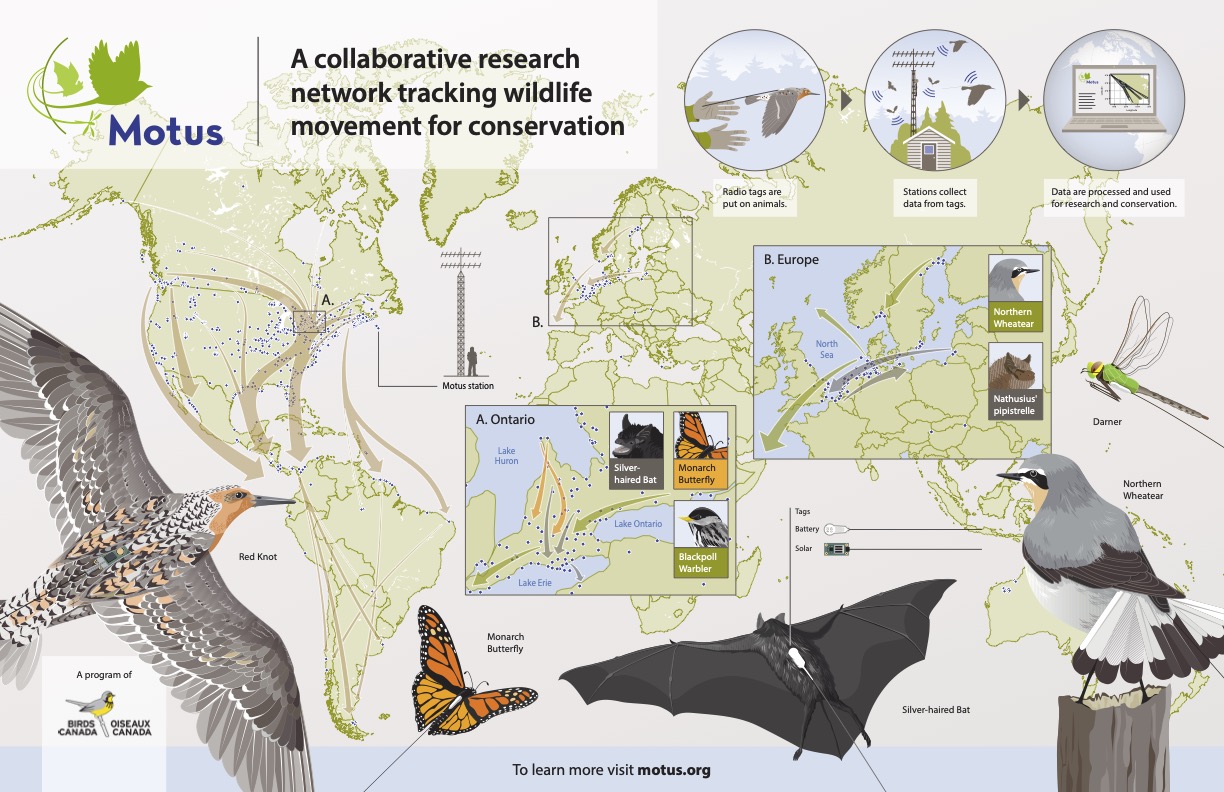
Upcoming Events
26
April
Indreland Audubon Wetland Preserve Tour
Join Sacajawea Audubon Society’s Motus Tower Project team for a special tour of the Indreland Audubon Wetland Preserve and an opportunity to learn more about how Bozeman’s wetland will benefit from the Motus Wildlife Tracking System. Saturday, April 26 — 9am
1-2
May
Give Big Gallatin Valley
One Valley Community Foundation’s Give Big Gallatin Valley is a 24-hour celebration of giving to connect generous community members with causes they care about — including our Motus Tower Project. Thursday, May 1 – Friday, May 2
2
May
Indreland Audubon Wetland Preserve Tour
Join Sacajawea Audubon Society’s Motus Tower Project team for a special tour of the Indreland Audubon Wetland Preserve and an opportunity to learn more about how Bozeman’s wetland will benefit from the Motus Wildlife Tracking System. Friday, May 2 — 9am
Give Today
$5
$50
$100
$250
$500
$1,000
Wetlands Master Naturalist Program Series
New Wetland Naturalist Course Sacajawea Audubon Society (SAS) is developing a new naturalist course with a focus on wetlands, covering various aspects of wetland ecology and environmental science, tailored to Montana's unique landscapes and ecological characteristics....
Hydrology of the IAWP
Article, map, and graphics by Rich McEldowney The primary source of hydrology at the Indreland Audubon Wetland Preserve is shallow groundwater contributions from the south and southeast. Preliminary investigations suggest that the groundwater expressed on the site...
Spring migrants and summer residents
Spring migrants and summer residents are starting to return to the Indreland Audubon Wetland Preserve (IAWP). Large numbers of male Red-winged Blackbirds are back in force. A male Northern Harrier is making an appearance. Eight Sandhill Cranes have been spotted at the...

